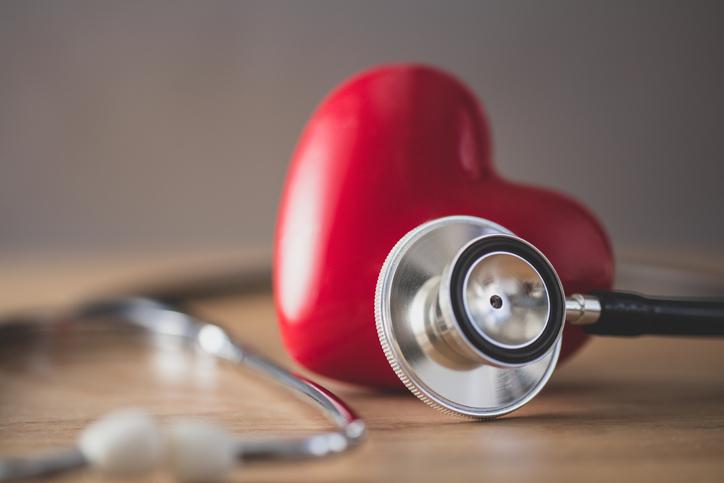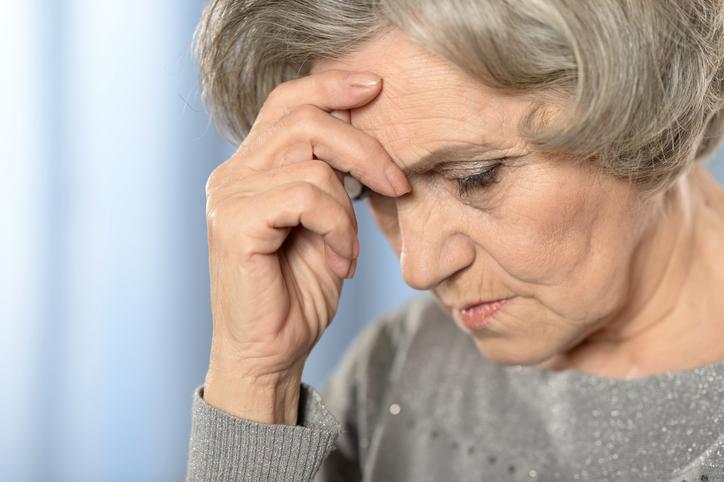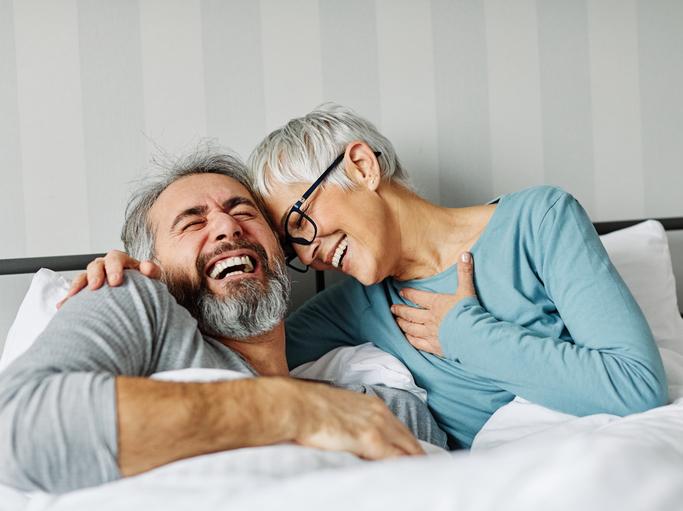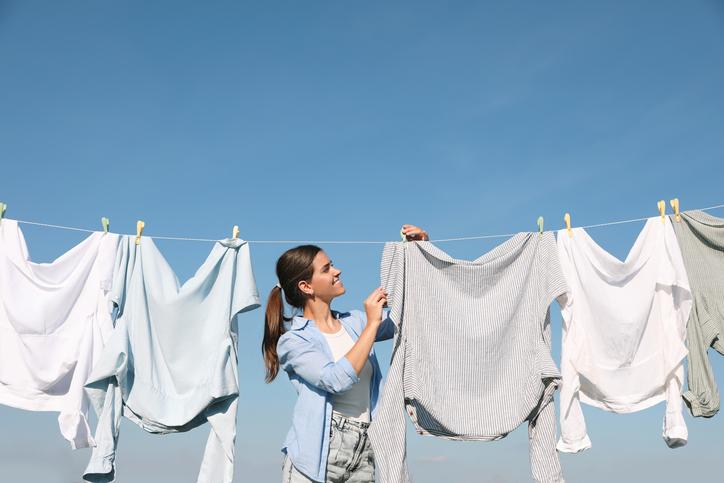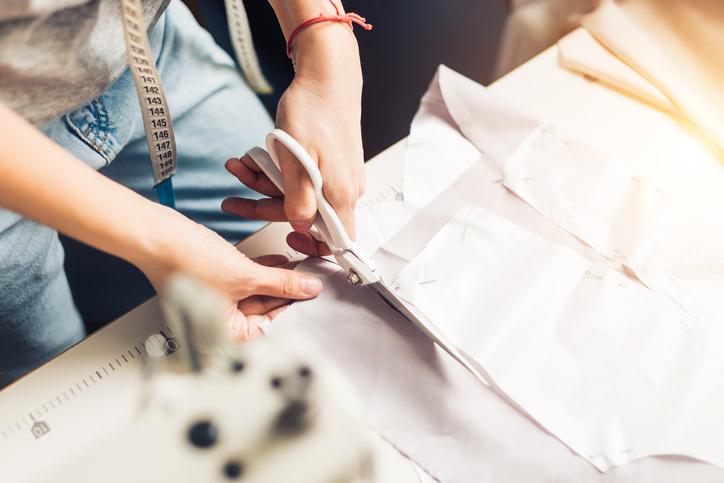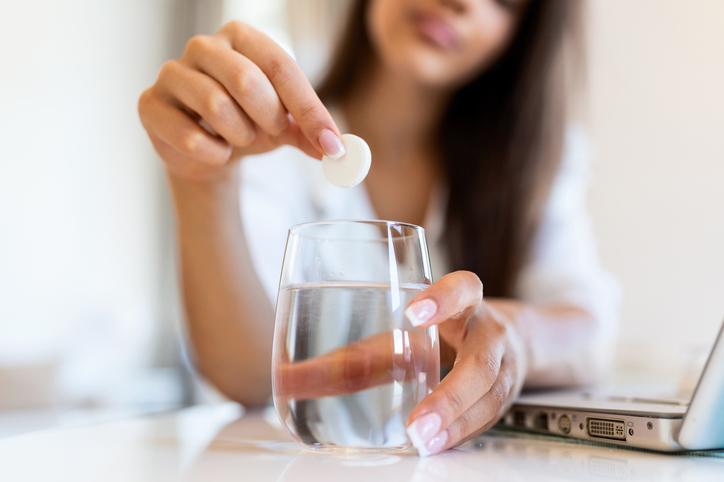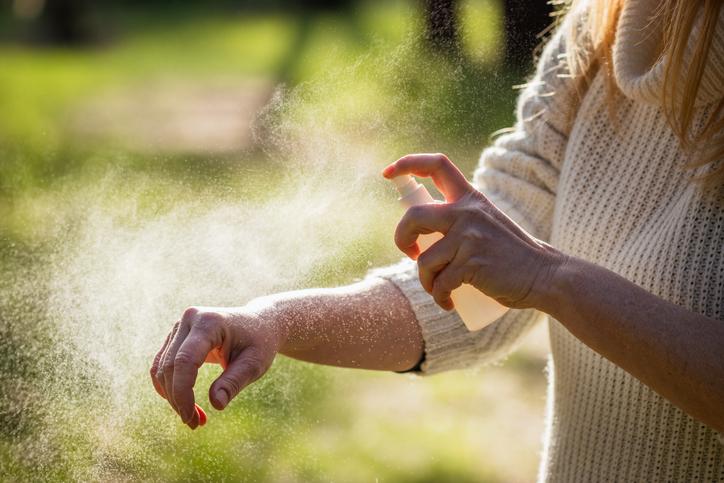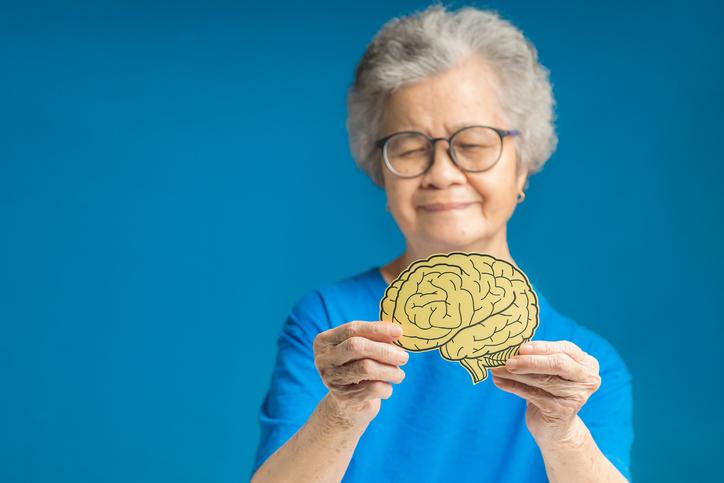28 ноября 2022
Joints: Understanding the In and Outs


28 ноября 2022
Joints: Understanding the In and Outs
## Attention to detail
Problems with the joints can be caused by a variety of issues. All of them have common signs and their own characteristic manifestations. Pain, swelling, stiffness, and warmth in the area of the injury can signal that there is something wrong with the joint. If you want to be more specific, use these symptoms as a guide:
- Pain, swelling, or bruising after exercise can be a sign of a sprain.
- If, after 45 years of age, the pain increases when walking and there is stiffness with movement, you may suspect osteoarthritis.
- A hot, swollen joint that becomes even more painful with movement or pressure on it indicates bursitis.
- Pain and stiffness on both sides of the body that gets worse after you haven't moved for a while (for example, after waking up) is a sign of rheumatoid arthritis.
- A hot, swollen joint (usually the big toe) with ===very severe and sudden pain is a clear symptom of gout.
- Hot, swollen joints, fever, or a feeling of heat and chills could signal a joint infection (septic arthritis).
However, self-diagnosis is a thankless task; only an orthopedist can give the final verdict.
> One in four adults in the U.S. has arthritis and a half experience severe joint pain.
## Who is at risk?
Age is one of the leading causes of joint pain. Joints wear out over time, so after the age of 40 there is an increased risk of developing diseases such as osteoarthritis, bursitis, rheumatoid arthritis, and gout.
However, joint pain can also occur in young people. This is typically due to excess weight, constant stress, a sedentary lifestyle, hereditary joint and autoimmune diseases (such as Bechterew's disease), depression, previous injuries, fractures, and sprains.
> Women are three times more likely to have rheumatoid arthritis than men. Gout, on the other hand, is a predominantly male disease. Men after 40 years of age are at risk, as they fall ill 3-4 times more often than women.
## Treatment suggestions
Any manipulations with the joints and the intake of drugs must be coordinated with your doctor.
If the problem is not serious, the doctor may prescribe simple home procedures and physical therapy. For example:
- Warming or cooling: a warm heating pad or ice will help relieve the pain. These should be applied for at least 15 minutes to ensure deep penetration. The skin should be protected from extreme temperatures, and the ice should be placed in a plastic bag and wrapped in a towel.
- Physiotherapy: it restores and maintains the range of motion, and strengthens the muscles surrounding the joint. Regular physical activity is necessary for people with chronic arthritis to prevent joint stiffness and loss of muscle mass. Walking, swimming, simple aerobic exercises, and gentle stretching are suitable.
- Diet: reducing body weight substantially reduces the load on the joints.
- Anti-inflammatory drugs, ointments, or gels.
- Nutritional supplements with glucosamine: this substance, produced by the cartilage tissue of the joint, improves the condition of the joint and reduces pain.
If these treatments do not relieve the pain, then, depending on the situation, you may need a splint, orthopedic shoe devices to support the joint, injections of steroids, or even surgery.

